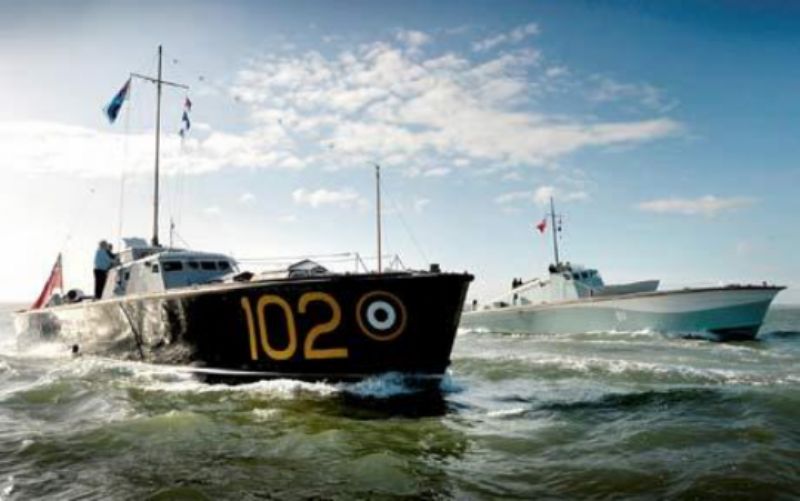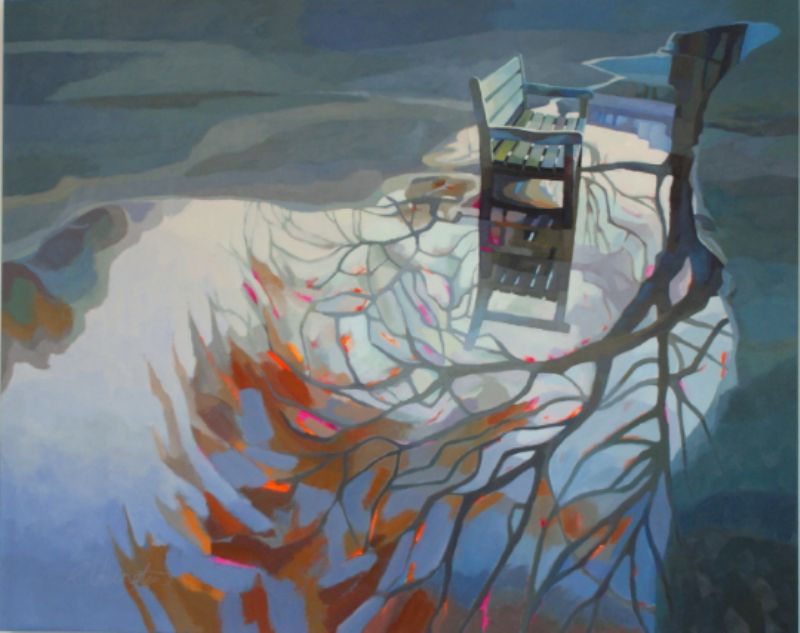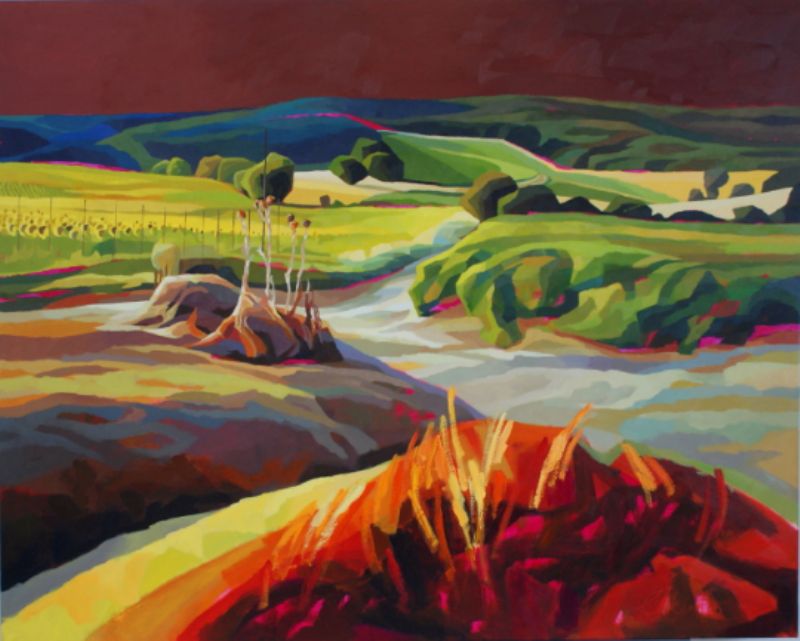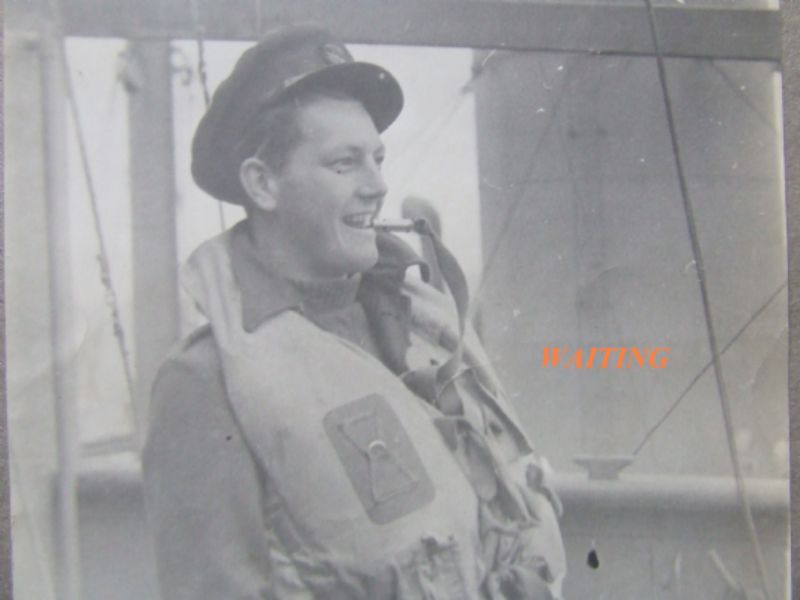One of the more memorable afternoons of my young life was being rocketed out to sea from Plymouth in a sea rescue launch, powered by aircraft engines, when my father, Tim, was involved in air-sea rescue. I became more aware of the intense battle fought across the Channel by MTBs and E-boats thanks to the wartime involvement of Sir Peter Scott, who I first came across as a judge when I was going for a Winston Churchill Travelling Fellowship in 1981.
Two boats of the era – MGB 81 and High Speed Launch 102 – were in the news yesterday having been bought for the nation with £580,000 of taxpayers’ money. And a worthwhile investment, I think, aside from the sheer beauty of their lines. These craft played saved a total of some 10,000 airmen of all nationalities. If Flt Sgt Berry hadn’t blown Tim (unconscious in his parachute) back over land with his slipstream in 1940, he might just have been one of them.
And then there was the courage of the young men who crewed what some called the “Spitfires of the sea” – riding on top of thousands of gallons of high octane fuel, which tended to vaporise the boats when hit by incoming fire. Hats off to their memory.





